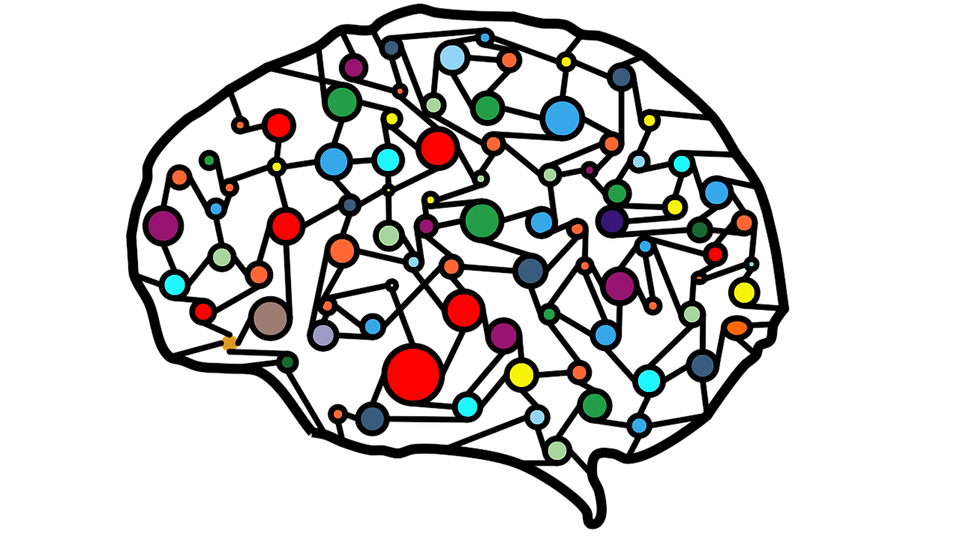Multi-feature based brain network improves auto-diagnosis of Alzheimer's disease

To increase the accuracy of diagnosing Alzheimer’s disease and Mild Cognitive Impairment (MCI), a new method has been developed which creates brain models using different building elements.
Scientists have identified 6 of these building elements - elements that have been left out of past studies.
These include measures of the biggest changes with the disease like: “cortical thickness and brain volume,” and other more inconspicuous factors not normally included in network models, such as the area of the brain covering.
Alzheimer’s disease and MCI are associated with gradual declines over time.
The theory of scientists undertaking this study is that degeneration in one part of the brain may be related to another part of the brain structure.
The method indicated a high degree of accuracy in identifying patients with neurodegenerative brain disease from control participants, but did not have as much accuracy in differentiating between those with Alzheimers disease and those with MCI or in demonstrating the progression from MCI to Alzheimer’s disease. Source.
Journal Reference:
Weihao Zhenga, Zhijun Yaoa, Yuanwei Xiea, Jin Fan, Bin Hu. Identification of Alzheimer’s Disease and Mild Cognitive Impairment Using Networks Constructed Based on Multiple Morphological Brain Features. Biological Psychiatry: Cognitive Neuroscience and Neuroimaging 28 June 2018 DOI:10.1016/j.bpsc.2018.06.004